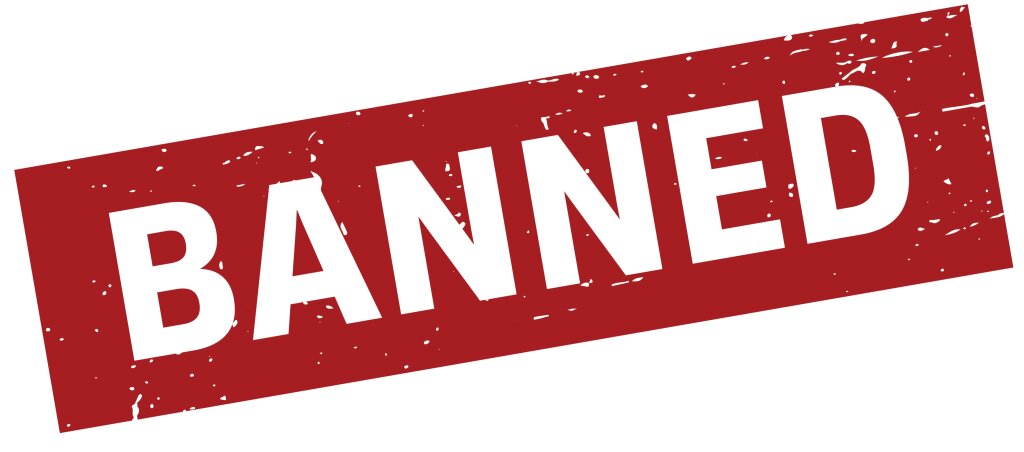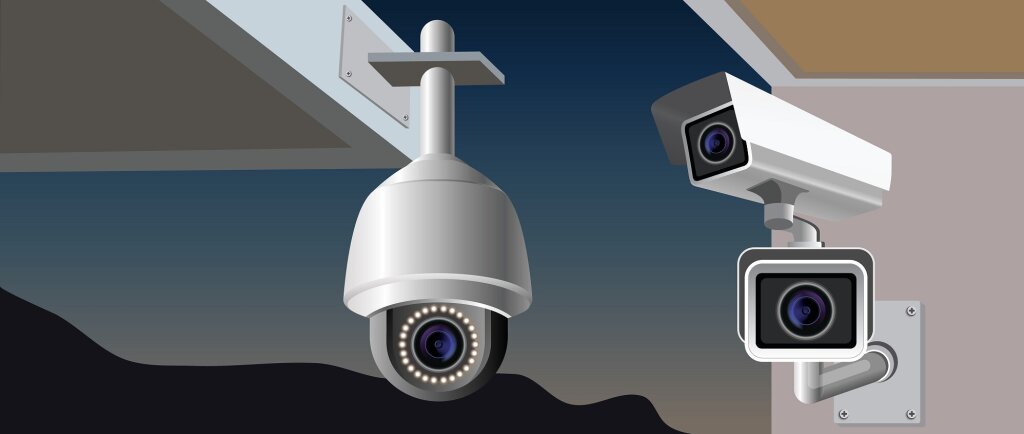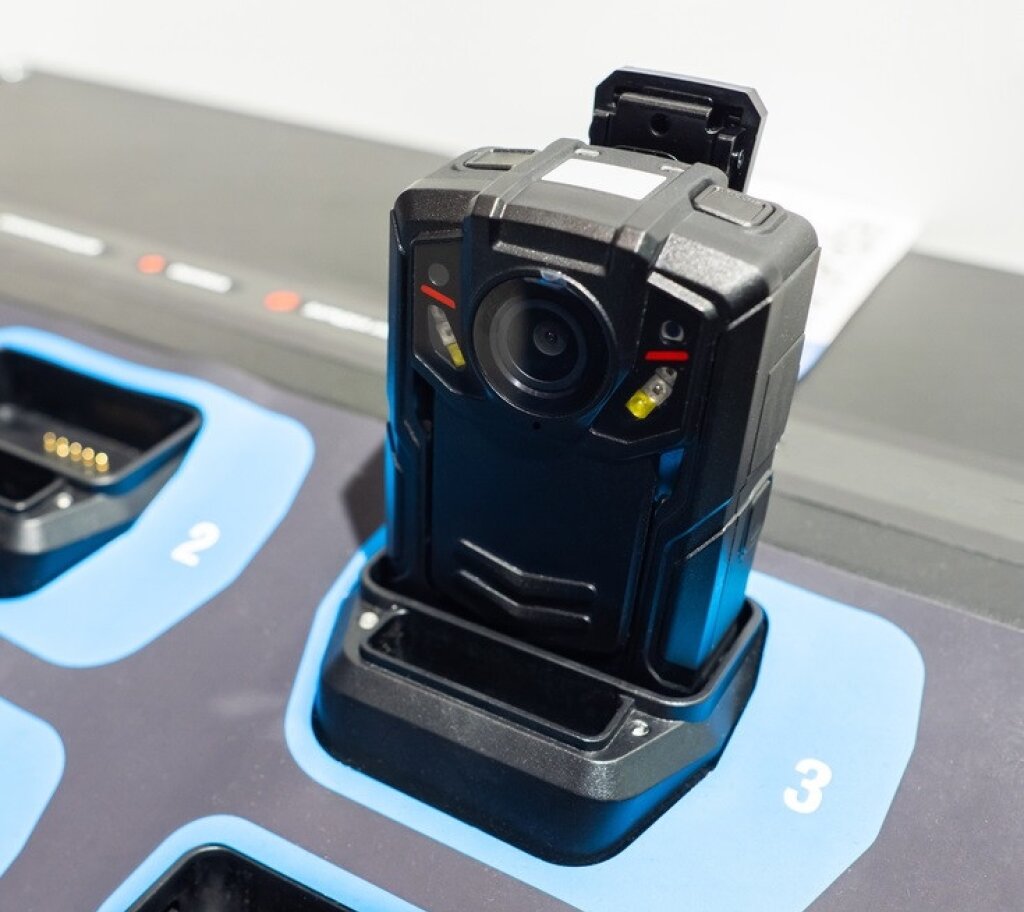NDAA Compliant Security Cameras
Security cameras are essential for both government and private sector applications. To ensure cybersecurity and avoid legal risks, using NDAA-compliant security cameras is crucial. This guide explains the importance of compliance, how to identify compliant cameras and additional measures to enhance your surveillance systems.
The Problem of Camera Selection.
Is it possible to buy any security camera when installing or upgrading a surveillance system? The answer in some circumstances is ‘No’.
If the work involves any federal agency, camera selection is critical, and you need to read this article.
Owing to heavy regulation, many video surveillance cameras are currently banned for federal government use.
NDAA Compliant Security Cameras Explained
NDAA compliance revolves around adhering to the regulations outlined in the National Defense Authorization Act. The NDAA prohibits using products and services from companies owned or controlled by the Chinese government.
The primary objective behind this prohibition is to mitigate potential security risks associated with using technology manufactured by entities that may have affiliations with foreign governments.

What Does NDAA Compliance Mean for Security Cameras?
The National Defense Authorization Act (NDAA) is a U.S. federal law that governs defense spending and includes restrictions on the use of certain technologies and manufacturers in security systems.
For security cameras, NDAA compliance ensures that systems do not incorporate components from specific banned manufacturers, which reduces risks of cybersecurity vulnerabilities and espionage.
Key Restrictions Under the NDAA
Prohibition on using equipment from manufacturers like Hikvision, Dahua and Huawei.
Restriction on components sourced from these manufacturers, even if used in third-party products.
Requirements for using secure and trusted technologies in government-related installations.
Why NDAA Compliance is Crucial for Security Systems
Non-compliant cameras pose significant risks, including:
Cybersecurity Vulnerabilities
Banned manufacturers have been associated with potential backdoors and data breaches.Legal Implications
Using non-compliant equipment in government projects can result in contract termination or penalties.Reputational Risks
Failing to comply may undermine stakeholder confidence in the security of your systems.
How to Identify NDAA-Compliant Security Cameras
Checklist for Verifying Compliance
Review Manufacturer Documentation
Ensure the manufacturer explicitly states NDAA compliance.Check Manufacturer Transparency
Trustworthy manufacturers provide detailed information about their components and sourcing.Avoid Banned Manufacturers and Components
Verify that cameras and their parts do not originate from restricted entities like Hikvision or Dahua.
Key Features of NDAA-Compliant Cameras
Secure Data Encryption
Protects against unauthorized access to video streams.Reliable Firmware Updates
Ensures the latest security patches are applied.Robust Hardware Integrity
Built with trusted components to avoid vulnerabilities.
Recommended NDAA-Compliant Camera Brands and Models
Several manufacturers offer high-quality, compliant options:
Axis Communications
Known for reliable performance and advanced features.Hanwha Techwin
Offers robust security features and competitive pricing.Bosch Security Systems
Renowned for durability and cutting-edge technology.
Popular NDAA-Compliant Models
Axis P3245-LVE
Features advanced analytics and weather resistance.Hanwha QND-6082R
Provides excellent image clarity with efficient bandwidth usage.Bosch FLEXIDOME IP starlight 8000i
Ideal for low-light environments.

Factors to Consider When Choosing a Camera
When selecting a compliant camera, consider:
Resolution
Match the camera’s image quality to your application needs.Installation Requirements
Evaluate ease of installation and compatibility with existing systems.Scalability
Ensure the system can grow with your security needs.
Industries and Applications Requiring NDAA Compliance
Mandatory Compliance Sectors
Government Agencies
Federal buildings and projects must use compliant systems.Military Installations
Secure facilities require trusted surveillance equipment.Critical Infrastructure
Power plants, water facilities, and transportation hubs rely on compliance for national security.
Benefits for Private Sector Businesses
Even private organizations benefit from NDAA-compliant systems:
Enhanced Security
Protects against cyber threats and unauthorized access.Government Contracts
Eligibility for lucrative projects requiring compliance.
Transitioning to NDAA-Compliant Surveillance
Step-by-Step Guide
Audit Existing Systems
Identify non-compliant cameras and components.Research Trusted Vendors
Focus on manufacturers with proven compliance.Plan the Upgrade
Phase out non-compliant equipment and integrate new systems.Verify Documentation
Ensure new purchases meet compliance standards.
Resources for Transitioning to NDAA-Compliant Cameras
Manufacturer compliance guides.
Industry associations offering certified product lists.
Security consultants specializing in compliant system design.
Best Practices for Maintaining Compliance
Regular Firmware Updates
Protect against emerging threats.Routine System Audits
Ensure all components remain compliant.Avoid Counterfeit Products
Purchase from authorized vendors to prevent unknowingly using banned technologies.
Beyond Compliance: Enhancing Security Systems
While compliance is critical, additional measures can further improve security:
Integrate AI Technology
Use AI for real-time threat detection and analytics.Enable Remote Monitoring
Access and control systems securely from anywhere.Conduct Staff Training
Educate personnel on maintaining compliance and using advanced features.
Be NDAA Cautious
When undertaking work with government agencies, educational institutions or entertainment facilities, or installing security cameras and recorders, motion detectors and video recorders on government property, ensure that your video surveillance products are NDAA-approved. It is best practice that organizations use a security camera system approved by the government.
Video Surveillance Regulations
Video surveillance regulation is a complicated world that covers everything from privacy and data protection issues to health and Federal laws. In addition to NDAA compliance, if your organization operates security cameras, there are several video surveillance regulations to be aware of and adhere to, such as:
HIPAA compliance to protect Personal Health Information (PHI) while using a video security solution.
Video surveillance state laws
The Need for High-Performance Data Protection
Facit's Identity Cloak video redaction system is the perfect complement for organizations leveraging NDAA-compliant cameras. Designed to integrate with existing surveillance infrastructures seamlessly, Identity Cloak enhances privacy and compliance without compromising operational efficiency.
NDAA cameras ensure secure hardware, but organizations must also address privacy concerns, especially under regulations like GDPR, HIPAA and FOIA. Identity Cloak automates the anonymization of sensitive data, such as faces, license plates and other personally identifiable information (PII) to ensure that video footage is both secure and compliant.
Facit’ redaction system’s AI-driven technology operates post-event or in real-time, and offers unmatched speed and accuracy.
Identity Cloak supports a wide range of video formats and resolutions, making it versatile for various industries, including law enforcement, transportation and healthcare.
With its scalable, user-friendly design, Identity Cloak empowers organizations to maintain accountability and transparency while meeting the highest standards of security and privacy - perfectly complementing NDAA-compliant surveillance ecosystems.
We will be pleased to answer questions you have about NDAA-compliance or data privacy compliance.
Just complete the form at the bottom of this page,
NDAA-Compliant Cameras Q&A
Q1. What are NDAA-compliant cameras?
NDAA-compliant cameras are surveillance devices that meet the requirements set forth by the NDAA, particularly Section 889, which bans the U.S. government and its contractors from using equipment from certain companies deemed a national security risk.
Q2. Which companies' equipment is banned under the NDAA?
The NDAA specifically prohibits federal agencies and contractors from using equipment from:
Huawei Technologies
ZTE Corporation
Hikvision
Dahua Technology
Hytera Communications
Any subsidiaries or affiliates of these companies.
Q3. What does it mean for a camera to be NDAA-compliant?
A camera is NDAA-compliant if:
It does not contain components or software from banned manufacturers.
It is not manufactured by or reliant on technology from prohibited companies.
Q4. Why are these restrictions in place?
The restrictions aim to mitigate potential national security risks, such as espionage, data breaches and unauthorized surveillance by foreign entities.
Q5. Which manufacturers offer NDAA-compliant cameras?
Axis Communications
Bosch
Hanwha Techwin
Avigilon
Mobotix
Others explicitly designed to meet NDAA standards.
Q6. Are NDAA compliance requirements applicable worldwide?
No, the NDAA is a U.S. law. However, companies with global operations may adopt NDAA-compliant systems to align with U.S. standards and maintain market access.
Related Articles



